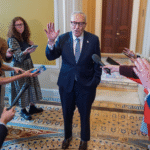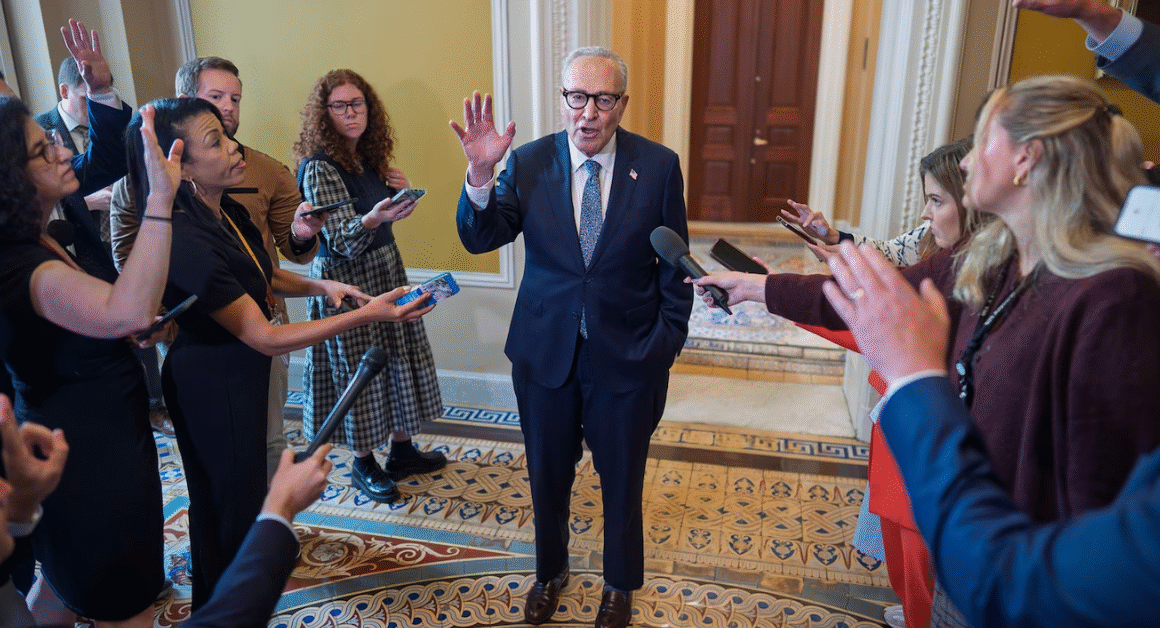Governments around the world, including India, are constantly searching for ways to make medicine more affordable for their citizens. One recent approach gaining attention is the “Most-Favored Nation” (MFN) pricing strategy, which aims to lower drug costs by paying prices similar to those in other countries. While it sounds promising, new studies warn that this strategy might not work as expected and could even cause unintended problems.
In this article, we will explore what the MFN drug pricing strategy is, why it was introduced, and what the new analysis reveals about its potential downsides. Understanding these issues is important, especially for younger readers who want to stay informed about how health policies can impact their access to medicines.
What Is the Most-Favored Nation Drug Pricing Strategy?
The MFN pricing strategy is a method where a country sets the price it pays for medicines based on the lowest price offered in a group of selected countries. The idea is that if India, or any country, can pay as little as others, drug prices will become more affordable and fair. This strategy was considered because drug prices in different countries vary widely, sometimes making life-saving medicines too expensive for many people.
In theory, this method encourages pharmaceutical companies to keep prices low to win deals globally. But in practice, it’s more complicated. For example, the U.S. government has thought about implementing MFN for Medicare, but experts have raised concerns about potential risks and side effects of such a system. You can read more about the U.S. debate on MFN pricing at Health Affairs.
Why Was the MFN Strategy Introduced?
Rising drug prices have become a global problem. Especially with new technology and specialized medicines, many people find it hard to afford essential treatments. The MFN model appeared as an attractive solution because it promotes price transparency and fairness. By linking prices to those of other countries, governments hoped to negotiate better deals and reduce costs without affecting drug availability.
In India, the government is also working on various policies to improve access to affordable medicines. While MFN has not been widely adopted yet, discussions have sparked interest because it could encourage pharmaceutical companies to be competitive. For a deeper understanding of how pricing strategies affect health sectors globally, see more from the World Health Organization.
New Analysis Shows Potential Problems with MFN Strategy
Recent studies and expert reports caution that MFN could backfire in several ways. First, it might lead to drug shortages. If companies cannot earn enough profit due to lower prices, they may reduce the supply or stop selling certain medicines in lower-priced countries. This would hurt patients who need these drugs the most.
Second, pharmaceutical companies could respond by hiking prices in countries outside the MFN basket to offset losses, making medicines more expensive for others. Finally, the complexity of comparing prices across countries with different healthcare systems, currencies, and regulations may make the whole system difficult to manage effectively.
According to analysis published by the Brookings Institution, these challenges pose risks that policymakers must carefully consider before adopting the MFN strategy. It’s essential for governments to balance cost savings with ensuring reliable access to medicines.
What Does This Mean for Indian Consumers?
For many young Indian readers, access to affordable medicine is crucial. While MFN pricing might seem like a simple fix for high drug costs, it is not a guaranteed solution. If the strategy causes shortages or reduced availability, the consequences could be worse than before. Indian policymakers need to study these warnings and create policies that encourage affordable prices without compromising medicine supply.
Other approaches, like promoting generic drug production, strengthening price control mechanisms, and improving insurance coverage, may work better alongside cautious use of pricing models like MFN. Keeping healthcare systems fair and accessible requires careful planning and learning from experiences around the world.
Conclusion: Careful Consideration Is Key
The Most-Favored Nation drug pricing strategy may sound like a smart way to make medicines cheaper by aligning prices with other countries. But new research warns that it could lead to unexpected problems such as medicine shortages and unfair pricing shifts. For India and other countries, the best path forward involves a balanced approach that protects patients and encourages fair drug pricing.
Young people interested in health policies should stay informed, as these issues will affect future access to medicines. For further reading on this topic, credible sources like Health Affairs, the World Health Organization, and the Brookings Institution offer detailed analysis and updates.













